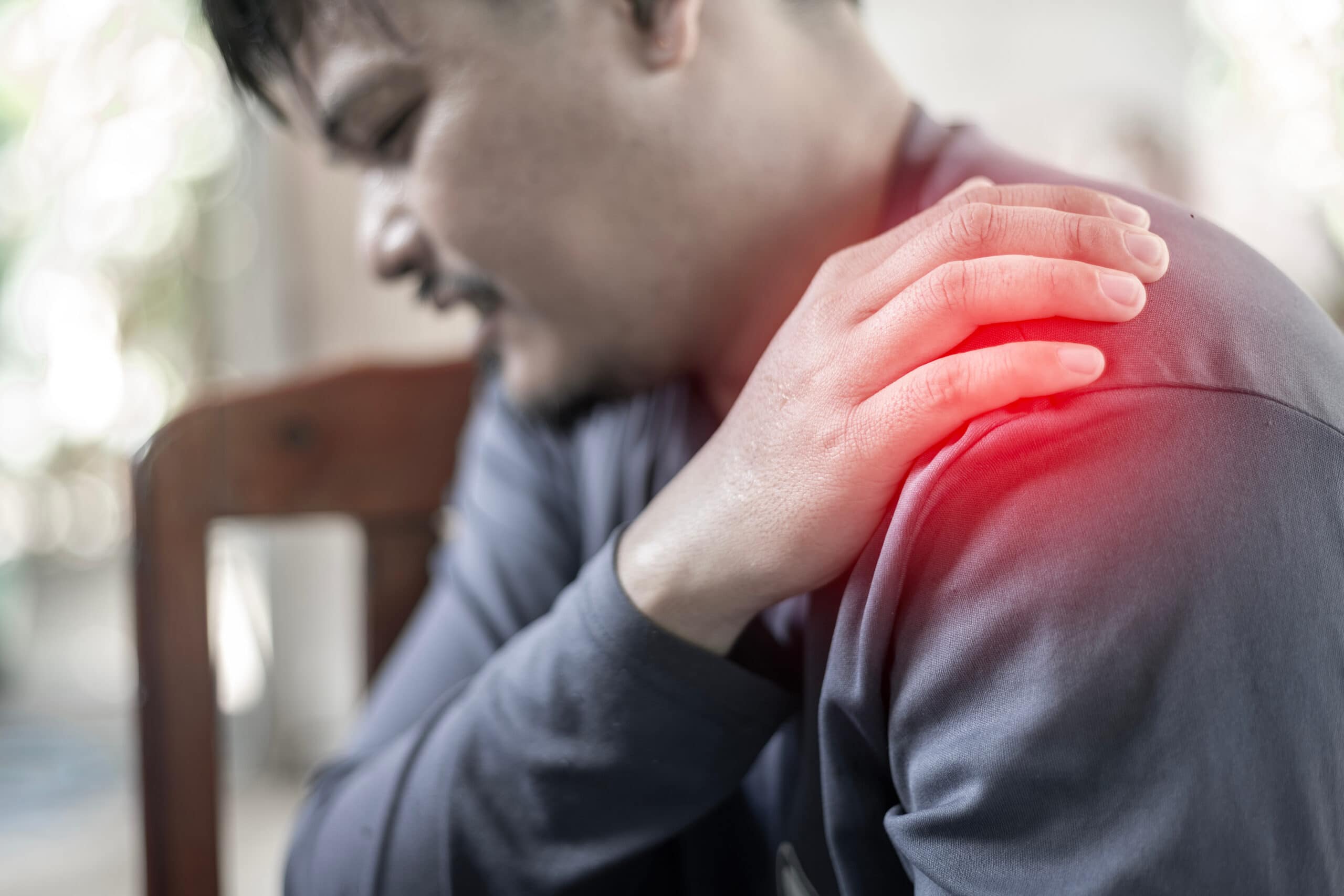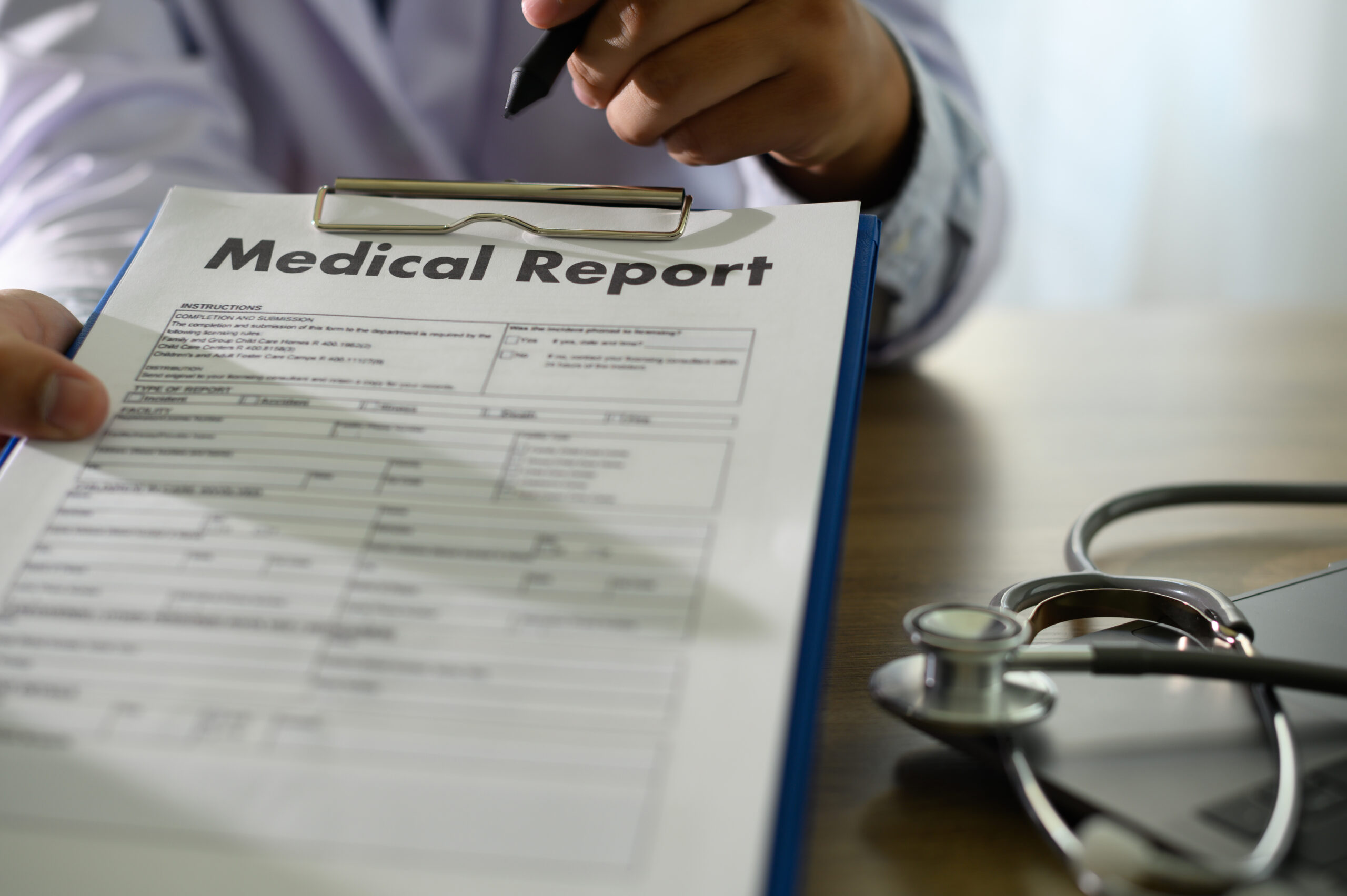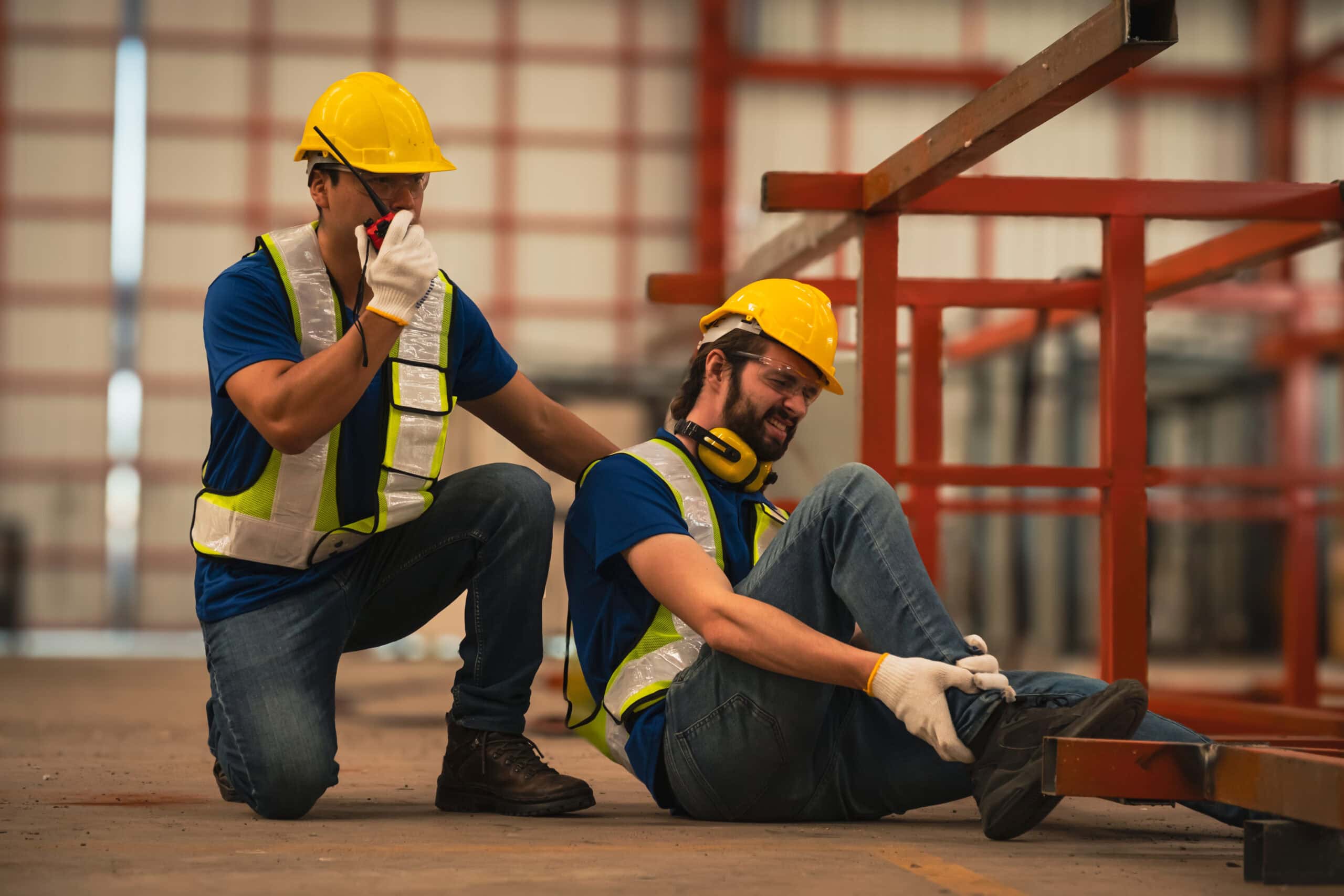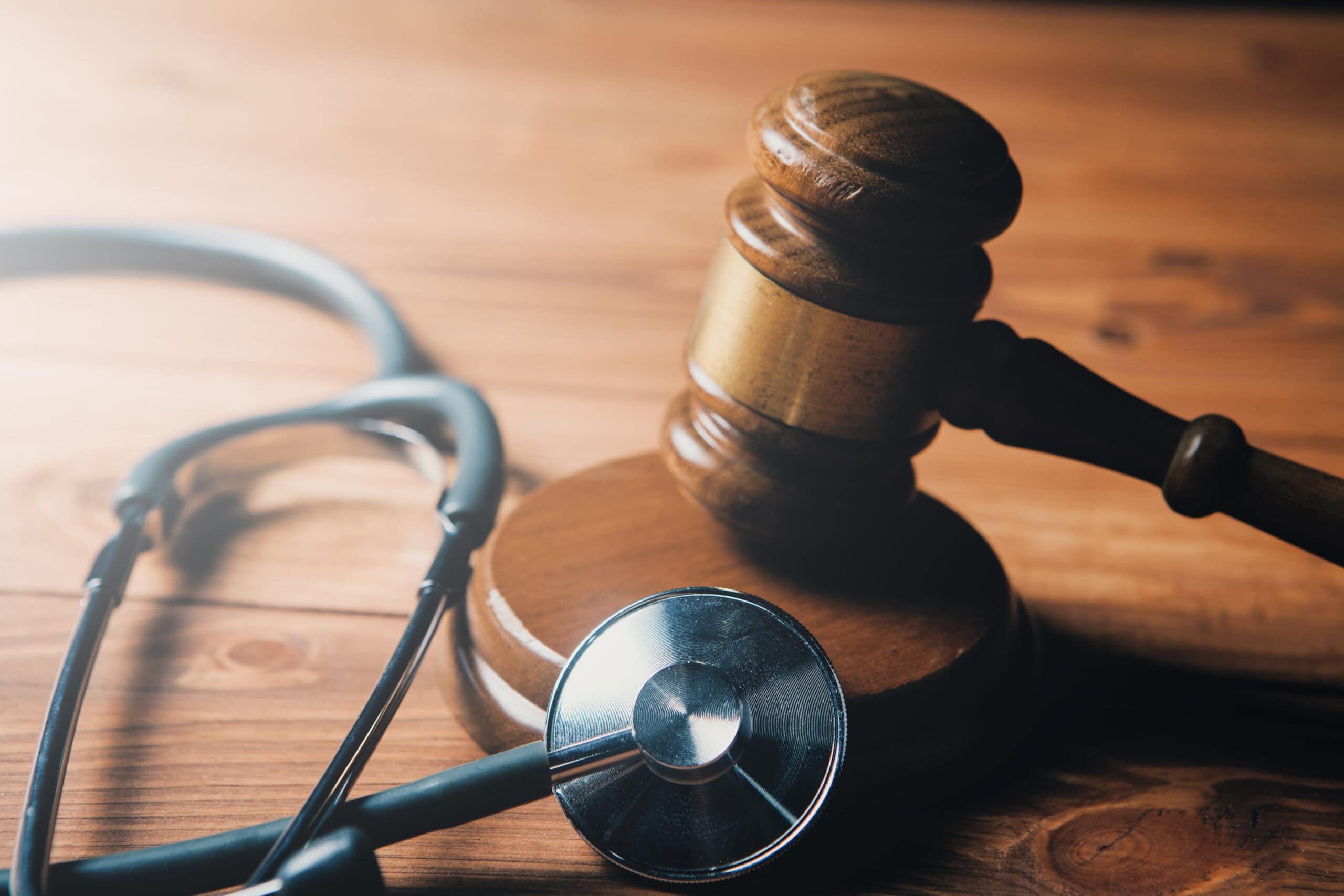Why the Right Expert Matters
For attorneys practicing in workers’ compensation, personal injury, and liability cases, expert witnesses and independent medical examiners (IMEs) often determine whether a case succeeds or fails. A strong medical expert doesn’t simply provide an opinion — they provide a defensible, well-documented analysis that withstands cross-examination, aligns with the facts, and convinces judges, juries, and opposing counsel.
Yet, too often, attorneys encounter experts who lack thoroughness, offer superficial reports, or struggle to explain their opinions in plain, authoritative language. The result? Weak cases, avoidable losses, and frustrated clients.
The truth is this: the best IME physicians and expert witnesses are not always the most high-profile surgeons or subspecialists. Instead, they are doctors who can take a complete history, perform a defensible exam, review the records with precision, and craft a medical causation opinion that is grounded in science, regulatory standards, and mechanism of injury.
This article outlines the qualities attorneys should demand in expert witnesses and IMEs — and explains why Occupational Medicine physicians often bring strengths unmatched by other specialties.
The Cornerstones of an Excellent IME and Expert Witness
The essential building blocks are medical history, physical examination, records review, and defensible causation.
1. Comprehensive Medical History
Every strong opinion begins with the history. Courts, juries, and arbitrators want to know: what did the patient report, when, and how does that line up with the claimed injury or exposure?
A good expert:
– Digs deep into mechanism of injury, clarifying exactly how the accident occurred.
– Explores prior medical history, including preexisting conditions, prior injuries, and comorbidities.
– Documents temporal relationships — when symptoms appeared and whether they make sense physiologically.
– Distinguishes work-related aggravations vs. natural progression of underlying disease.
Sloppy histories lead to weak causation. A precise, structured, and documented history strengthens credibility and demonstrates that the expert has truly listened, rather than simply rubber-stamped an opinion.
2. Detailed Physical Examination
While imaging and labs provide important data, nothing substitutes for the hands-on physical exam. In fact, courts expect a physician to demonstrate they applied their own skill and judgment, not just parroted radiology reports.
The best IME physicians:
– Conduct a systematic, head-to-toe exam relevant to the alleged injury.
– Document findings clearly, with reproducible maneuvers and consistency checks (e.g., Waddell’s signs, grip strength symmetry).
– Differentiate between objective and subjective findings — and explain the significance.
– Note inconsistencies between reported pain and observed function, while maintaining professional neutrality.
An IME with no meaningful exam is vulnerable to attack. A carefully documented physical exam gives attorneys confidence that their expert will withstand even aggressive cross-examination.
3. Meticulous Records Review
Today’s cases often include hundreds or thousands of pages of medical records, therapy notes, imaging studies, and employment files. A strong expert does not skim — they synthesize.
Attorneys should demand:
– Clear acknowledgment of all records reviewed (and a list included in the report).
– Integration of records into the narrative, not just a data dump.
– Attention to timeline consistency: whether reported complaints align with documented visits.
– Identification of gaps, duplications, or contradictory findings.
Record review is where weaker experts often fail. The best IMEs build credibility by showing they’ve mastered the file and used it to ground their causation analysis.
4. Defensible Medical Causation
At the heart of every case lies the question: did this injury, illness, or disability arise from the alleged event or exposure?
This is where the best experts stand apart. They:
– Use the AMA Guides to the Evaluation of Disease and Injury Causation to structure their reasoning.
– Consider the mechanism of injury carefully — whether the forces and exposures plausibly caused the claimed condition.
– Apply principles such as Bradford Hill criteria (temporality, plausibility, dose-response, etc.) where relevant.
– Offer clear, yes/no causation opinions rather than vague language that leaves attorneys exposed.
– Explicitly state the prevailing factor (in Missouri) or equivalent legal threshold in the relevant jurisdiction.
Too many experts dodge causation with hedged statements. A strong IME physician commits to a reasoned opinion, supported by objective data and established guidelines.
Why Specialty Matters: The Case for Occupational Medicine
Attorneys often default to orthopedic surgeons, neurosurgeons, or other subspecialists for IMEs. While these physicians are highly skilled in treatment, they are not always the best suited for the forensic, causation-focused role of an IME.
Here’s why Occupational Medicine is often the stronger choice:
1. Broad Scope Beyond One Body Part — evaluation of the whole worker.
2. Expertise in Mechanism of Injury — biomechanics, ergonomics, workplace exposures.
3. Vocational Context — job tasks, functional limitations, return-to-work planning.
4. Toxicology and Environmental Medicine — chemical exposures, asbestos, solvents, noise.
5. Neutrality and Credibility — no surgical incentives, evaluation is the focus.
Testimony: Where Many Physicians Fail
It is one thing to write a report. It is another to defend it under oath.
This is where many physicians — even brilliant clinicians — falter. Most doctors are deeply uncomfortable in adversarial environments. They are trained to care for patients, not to spar with attorneys. As a result:
– They become defensive or evasive under cross-examination.
– They use technical jargon that alienates jurors.
– They appear biased when pressed, undermining credibility.
– Some outright refuse to testify, leaving attorneys scrambling.
Attorneys should never underestimate this problem. A poorly performing witness can undo months of case preparation.
By contrast, Occupational Medicine physicians are accustomed to navigating both clinical and regulatory settings — often mediating between employers, insurers, and employees. This background fosters the ability to:
– Communicate clearly and persuasively.
– Maintain composure under adversarial questioning.
– Emphasize neutrality and science over advocacy.
– Ground every answer in history, exam, records, and AMA methodology.
A good IME physician doesn’t just survive testimony — they turn it into an opportunity to reinforce credibility.
What Attorneys Should Demand in an IME Report
A polished IME report is not just a medical note. It is a forensic document that will be scrutinized by opposing counsel, insurers, judges, and sometimes juries.
Attorneys should insist on reports that include:
1. Referral question restated clearly.
2. History of present illness (with mechanism of injury detailed).
3. Past medical, surgical, occupational, and social history.
4. Physical exam findings — objective and reproducible.
5. Records reviewed (itemized).
6. Discussion section integrating history, exam, and records.
7. Causation opinion (using AMA causation guides).
8. Impairment rating where appropriate (using AMA Guides, 6th Edition).
9. Functional limitations tied to specific job tasks.
10. Clear answers to all referral questions — no vague hedging.
Such reports empower attorneys by providing solid foundations for arguments and negotiations.
My Unique Background: Why I Practice This Way
My career has spanned U.S. Army medicine, global health in the Peace Corps, and occupational health leadership at Fortune 500 companies like GM, Boeing, and Amazon. Those experiences taught me the importance of accurate histories, careful exams, defensible causation, and attention to the broader vocational context.
As a dual board-certified physician in Occupational & Preventive Medicine, and a Certified Independent Medical Examiner, I structure my IMEs and expert reports to withstand the most rigorous legal scrutiny. I integrate:
– Mechanism of injury analysis (was this event sufficient to cause the condition?).
– AMA Guides methodology for both causation and impairment.
– Functional context, explaining how injuries affect real-world work.
– Exposure science, when toxic or noise factors are in play.
– Comfort with testimony, ensuring that my opinions don’t just look strong on paper but hold firm under cross-examination.
This comprehensive approach not only strengthens attorney cases but also fosters fairness — ensuring that outcomes are grounded in objective, defensible medicine.
Conclusion: Raising the Standard
The best expert witnesses and independent medical examiners share a common DNA: thoroughness, objectivity, clarity, and confidence in testimony. They take detailed histories, perform real exams, review records meticulously, and issue causation opinions grounded in science and mechanism of injury.
Attorneys who settle for less weaken their cases. Those who partner with Occupational Medicine physicians gain not only medical expertise but also a witness who can handle the pressure of depositions and trial with confidence.
In today’s competitive legal landscape, where every case can hinge on expert testimony, the standard must be raised. Attorneys should demand experts who meet the highest bar — and physicians should rise to that expectation.
📞 Dr. Austin Stapleton, MD, MPH
Founder, Stapleton Injury Advocate
☎️ 314-252-0523
📧 in**@********mp.com
🌐 staplecomp.com








